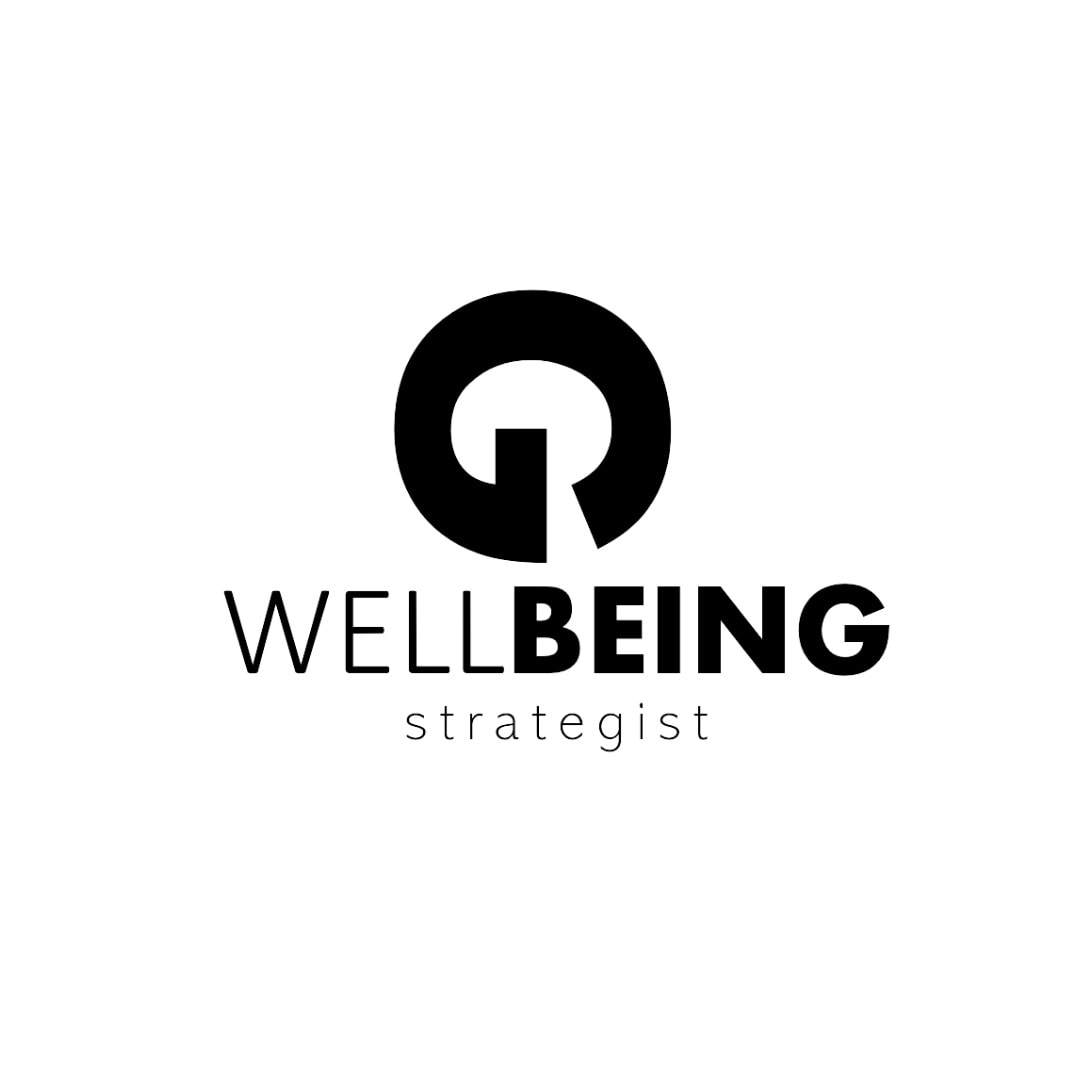In today’s high-pressure work environment, executive burnout has become a concerning phenomenon, garnering attention from the World Health Organization and leading mental health professionals globally. This comprehensive guide aims to spotlight the critical aspects of recognizing, preventing, and treating executive burnout. By addressing the early warning signs and implementing strategic treatment strategies, executives can safeguard their mental and physical health, ensuring they remain effective leaders without sacrificing their well-being.
What Are the Early Warning Signs of Executive Burnout?
Identifying the Physical and Emotional Warning Signs
The journey to recognizing executive burnout begins with an awareness of its symptoms. Signs of burnout can manifest in various physical and emotional forms. Executives suffering from burnout may feel like they’re constantly drained, experiencing both a lack of energy and a decrease in satisfaction from achievements. These warning signs are your body and mind’s way of telling you that the balance is off. Physical health deteriorations, such as changes in sleep patterns or unexplained aches, alongside emotional symptoms like cynicism or a sense of detachment from work, can indicate that an executive is on the path to burnout.
Understanding the Impact of Long-Term Stress on Executives
Long-term stress, especially in high-stakes environments that many executives find themselves in, can significantly worsen the symptoms of burnout. Stress and burnout are interlinked, with chronic stress often being a precursor to the development of burnout. This state doesn’t just affect work performance but also an executive’s physical health, leading to more severe conditions if left unaddressed. Recognizing how continuous exposure to stressors without adequate recovery can lead to burnout is crucial for prevention and treatment.
How the Pandemic Has Influenced Executive Burnout Rates
The pandemic has unequivocally influenced rates of executive burnout, with many CEOs and C‑suite members navigating uncharted waters — shifts to remote work, economic uncertainties, and the need to quickly adapt business models. This upheaval has escalated stress levels, making the prevention and treatment of burnout more relevant than ever. The pandemic served as a catalyst for many executives to assess their work-life balance and recognize the unsustainable pace at which they were working.
How Can Executives Prevent Burnout Before It Starts?
Strategic Planning to Manage Workload and Deadlines
To prevent burnout, executives must adopt strategic planning to manage their workload and deadlines efficiently. By prioritizing tasks, delegating responsibilities, and setting realistic deadlines, executives can alleviate the pressure that leads to burnout. This approach enables a proactive stance against the work-related stress that often culminates in burnout, ensuring that executives can maintain high performance without sacrificing their health.
Implementing a Work-Life Balance That Works
Achieving a work-life balance is paramount in preventing executive burnout. This balance looks different for everyone but fundamentally involves setting boundaries between work and personal time and ensuring those boundaries are respected. Engaging in activities outside of work that foster physical and mental well-being can rejuvenate an executive’s energy and perspective, significantly reducing the risk of burnout.
The Role of Professional Support and Networking
Professional support and networking play a critical role in preventing executive burnout. Sharing experiences, challenges, and strategies with peers can provide valuable insights and support systems for executives navigating high-stress environments. Additionally, seeking professional help from coaches or mental health providers can equip executives with tools to manage stress and workload, further preventing the onset of burnout symptoms.
The Role of Organizations in Managing Executive Stress and Burnout
Creating a Supportive Work Environment to Prevent Burnout
Organizations have a profound responsibility in managing executive stress and preventing burnout. Creating a supportive work environment that acknowledges the demands placed on executives and provides resources to manage those demands can significantly mitigate burnout risks. This includes fostering a culture where taking breaks and vacations is encouraged, not frowned upon, and where executive well-being is prioritized as much as their performance.
Adapting Policies to Recognize and Address Signs of Executive Burnout
Adapting organizational policies to recognize and address signs of executive burnout is essential. This means implementing policies that encourage work-life balance, providing access to mental health resources, and training managers to recognize the early signs of burnout in their teams. By being proactive, organizations can prevent the severe effects of burnout on their executives and, by extension, the health of the entire organization.
Investing in Employee Wellness Programs and Resources
Investing in employee wellness programs and resources can offer a tangible way for organizations to combat executive burnout. These programs can range from stress management workshops to subscription services for meditation apps, all aimed at improving executive well-being. An organization’s commitment to the mental and physical health of their leadership team sends a powerful message about the value placed on employee well-being.
Treatment Options for Recovering from Executive Burnout
When to Seek Professional Help from Mental Health Providers
Recognizing when to seek professional help from mental health providers is a critical step in recovering from burnout. If burnout symptoms persist and significantly impact one’s quality of life, it’s important to seek professional support. Mental health providers can offer diagnostic assessments, therapy, and strategies tailored to helping executives recover from burnout and build resilience against future stressors.
Lifestyle Changes and Interventions to Combat Burnout
Lifestyle changes and interventions can be critical components in the treatment and recovery from executive burnout. Incorporating regular physical activity, ensuring adequate rest, practicing mindfulness, and engaging in hobbies can all contribute to a well-rounded recovery plan. These interventions help rebalance the executive’s life, allowing them to regain their energy, perspective, and sense of purpose.
Case Studies: Successful Recovery Stories from Mayo Clinic
Looking at successful recovery stories from institutions like the Mayo Clinic can offer hope and inspiration to those battling executive burnout. These case studies often highlight the importance of comprehensive treatment plans that include medical assessment, lifestyle changes, and sometimes medication or therapy. They underscore the possibility of full recovery, showcasing executives who have returned to their roles with renewed vigor and strategies to manage stress effectively.
Navigating the Road to Recovery: How to Recover from Executive Burnout
Setting Realistic Goals and Expectations for Recovery
Recovery from executive burnout requires setting realistic goals and expectations. Understanding that recovery is a gradual process and that setbacks may occur is vital. By setting achievable milestones and celebrating these small victories, executives can maintain motivation throughout their recovery journey. This realistic approach allows for a more sustainable return to work and well-being.
The Importance of Developing Healthy Coping Mechanisms
Developing healthy coping mechanisms is vital for sustainable recovery from burnout. Instead of resorting to overwork or substance use as coping strategies, embracing positive mechanisms such as exercise, socializing, and relaxation techniques can provide lasting benefits. These healthy practices not only aid in recovery but also serve as preventative measures against future instances of burnout.
Maintaining Momentum: How to Sustain Recovery and Prevent Relapse
To sustain recovery from executive burnout and prevent relapse, it’s crucial to maintain the momentum of positive changes. This involves continued adherence to lifestyle adjustments, engagement in professional support, and vigilance in monitoring one’s mental health. By staying committed to these strategies, executives can ensure their recovery is lasting, allowing them to thrive both personally and professionally in the long term.





